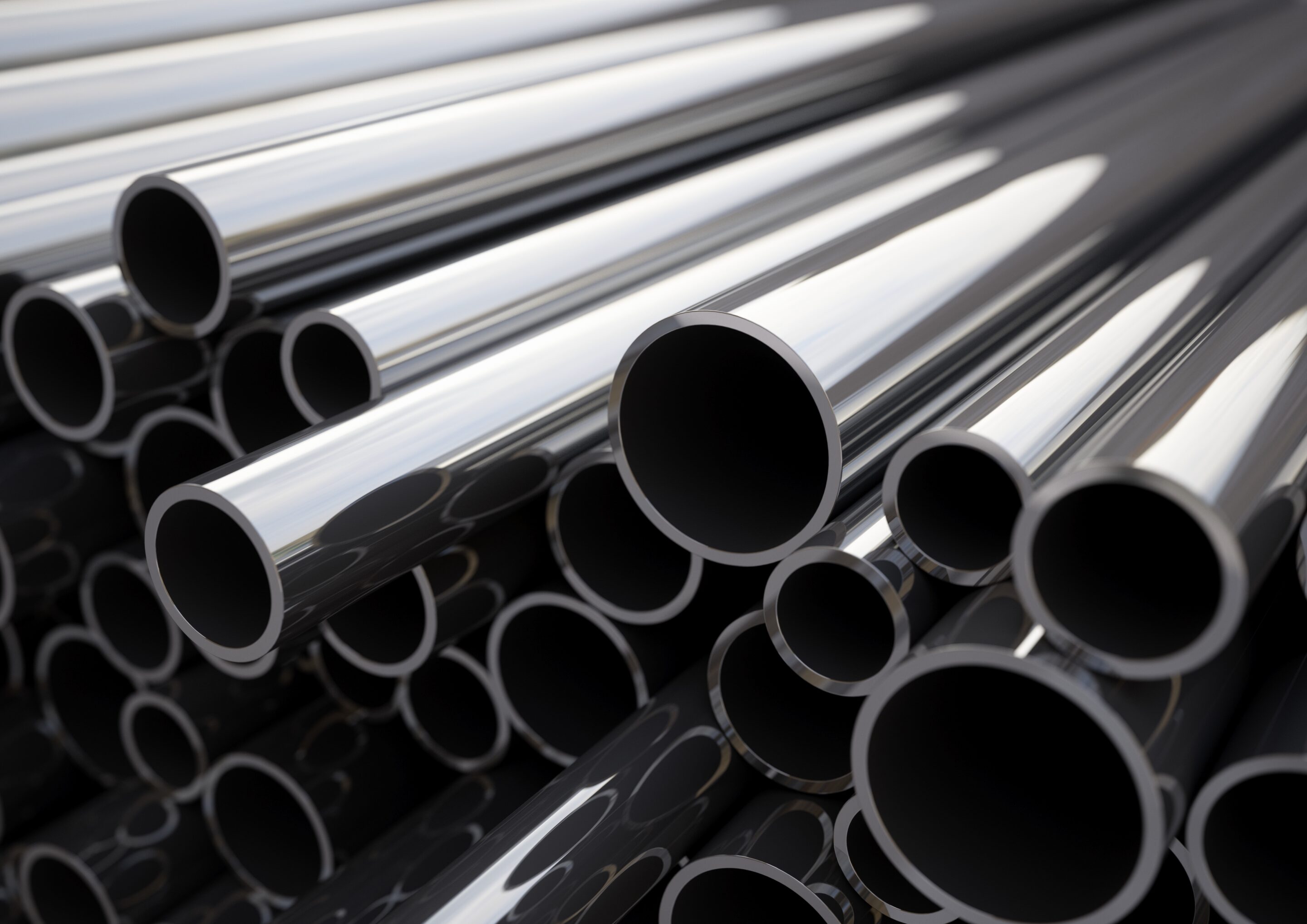In stainless steel tubing for sanitary applications, precision and quality are two of the most important factors. The ASTM A270 standard plays a crucial role in ensuring that hygienic tubing meets the stringent requirements of industries such as food and beverage, pharmaceuticals, and biotechnology. We will cover what ASTM A270 is, its significance, and how it distinguishes itself from other similar quality standards.
What is ASTM A270?
ASTM A270 is a set of standards developed by the American Society for Testing and Materials (ASTM) that specifically addresses the requirements for seamless and welded austenitic stainless steel sanitary tubing intended for use in dairy and food industry and having special surface finishes. The standard encompasses various dimensions, mechanical properties, and surface finish requirements to ensure the tubes’ suitability for hygienic applications.
Key Features of ASTM A270:
- Material Specifications:
ASTM A270 focuses on austenitic stainless steel, which is known for its corrosion resistance and high levels of hygiene. Common grades include 304 and 316 stainless steel. - Dimensional Specifications:
The standard specifies the dimensions of tubes, including outside diameter, wall thickness, and length. This ensures consistency and compatibility in various systems. - Mechanical Properties:
ASTM A270 outlines mechanical properties such as tensile strength, yield strength, and elongation. These properties are crucial for withstanding the mechanical stresses that tubing may experience during installation and use. - Surface Finish:
One of the key differentiators of ASTM A270 is its emphasis on surface finish. The standard categorizes surface finishes into specific classes, such as mechanically polished and electropolished, to meet the stringent cleanliness requirements of industries like pharmaceuticals.
Comparison with Other Standards:
While there are other standards related to stainless steel tubing, ASTM A270 stands out in its focus on hygienic applications. Let’s briefly compare it with some other relevant standards:
- ASTM A249:
ASTM A249 covers general stainless steel tubing, but it lacks the specific focus on the hygienic requirements found in ASTM A270. A249 may be suitable for less critical applications where surface finish and cleanliness are not as crucial. - ASME BPE (Bioprocessing Equipment):
ASME BPE shares similarities with ASTM A270 but is specifically tailored for bioprocessing applications. It delves deeper into requirements for surface finish, materials, and fabrication techniques applicable to the pharmaceutical and biotechnology industries. - DIN 11850:
This German standard is similar to ASTM A270 but caters to European markets. While it covers stainless steel tubes for food and chemical industries, the specifics may differ from ASTM A270.
Conclusion:
ASTM A270 stands as a benchmark for hygienic stainless steel tubing, ensuring that it meets the stringent requirements of industries where cleanliness and corrosion resistance are paramount. While other standards exist, their focus may differ, and choosing the right standard depends on the specific needs of the application. When it comes to hygienic tubing, ASTM A270 sets the standard for precision, quality, and reliability.

